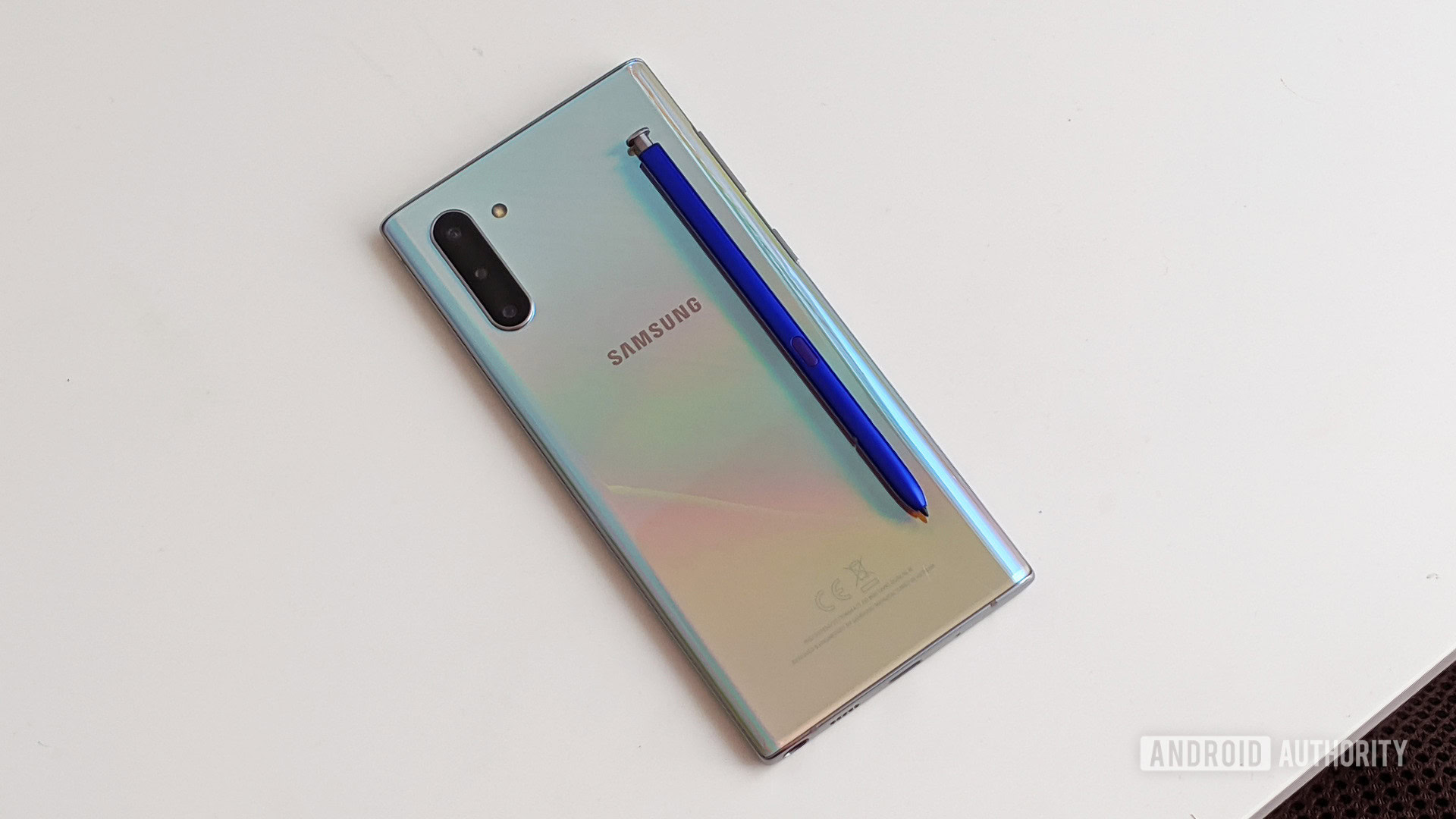Affiliate links on Android Authority may earn us a commission. Learn more.
Here's why you might not get 120Hz on standard Galaxy Note 20
Published onMay 13, 2020

Update, May 13 2020 (1:51AM ET): Earlier this week, display industry executive and leaker Ross Young claimed that a 120Hz option will be limited to one Galaxy Note 20 model. Young then noted in a later tweet that the Galaxy Note 20 Plus would support the higher refresh rate.
Now, the display executive has indeed noted that the base Galaxy Note 20 will be limited to 60Hz, while also giving a technical reason for the discrepancy. Check out the tweet below.
Note 20 Update – while the Note 20+ remains LTPO and 120Hz, the Note 20 will be LTPS and 60Hz. Makes sense since LTPO costs more and should appear first in premium models. You can do 120Hz with LTPS, but it consumes a lot of power. LTPO is the best implementation for 120Hz.— Ross Young (@DSCCRoss) May 12, 2020
The tipster suggests that Samsung will be using LTPO technology in the Galaxy Note 20 Plus. He says that this tech is more expensive but consumes less power at 120Hz than traditional LTPS tech. So Samsung presumably felt that adding the tech to the base model would be expensive, while adding a high refresh rate in conjunction with legacy tech would require a bigger battery.
Young also tweeted apparent Galaxy Note 20 Plus display specs earlier this week. It’s claimed that the device will have a slightly bigger screen (from 6.8 inches to 6.87 inches), as well as a 3,096 x 1,444 display (497 ppi and 19.3:9 aspect ratio).
Original article, May 11 2020 (6:14AM ET): Samsung’s Galaxy Note 20 range is still several months away from its supposed release window, but we’ve already seen several leaks thus far. Now, a new disclosure may have given us even more details.
Ross Young, CEO of Display Supply Chain Consultants, has tweeted that consumers shouldn’t expect a Galaxy Note 20 Ultra. Instead, he says there’ll only be a Note 20 and Note 20 Plus. Check out the tweet below.
No Note 20 Ultra. Note 20 and 20+— Ross Young (@DSCCRoss) May 11, 2020
We’re not sure what this means for the Galaxy Note 20 and Note 20 Plus if there’s no Note 20 Ultra. Does this mean we should expect devices more in line with the Note 10 and Note 10 Plus in terms of specs? Or could Samsung’s top-end Note 20 model have plenty in common with the S20 Ultra, but simply not have the Ultra name? We’ll need to wait on more leaks to figure this out.
Young recently said that 120Hz will be restricted to one Galaxy Note 20 model too, presumably the Note 20 Plus. This would make for a major change from the Galaxy S20 series, which offers the same high refresh rate option across all three models.

The display executive didn’t explain the reason for the change, but if true, it’s presumably due to Samsung wanting to differentiate the higher end model from the lower-end variant. OnePlus has adopted this solution with its OnePlus 8 series. The base OnePlus 8 offers a 90Hz screen and the OnePlus 8 Pro features a 120Hz display.
Hopefully the Galaxy Note 20 series is as impressive as the Galaxy S20 series on paper, especially after the mild disappointment that was the vanilla Galaxy Note 10.